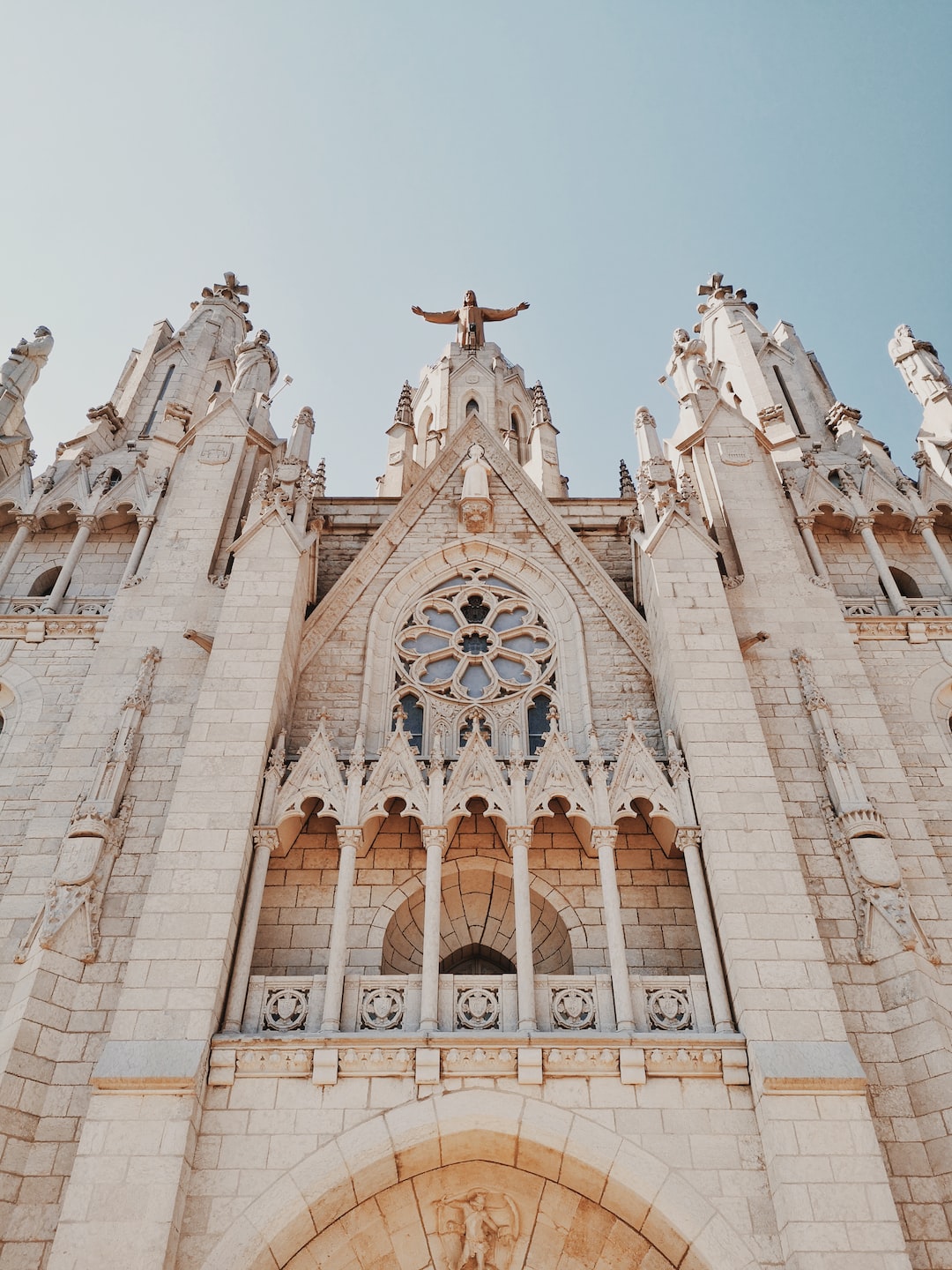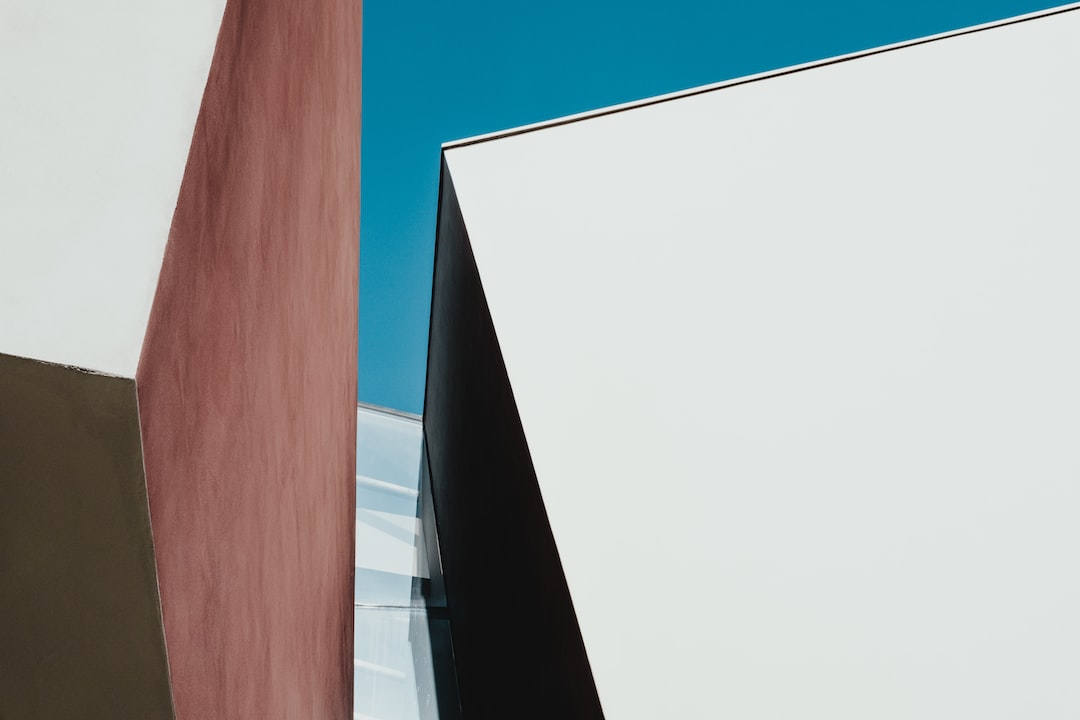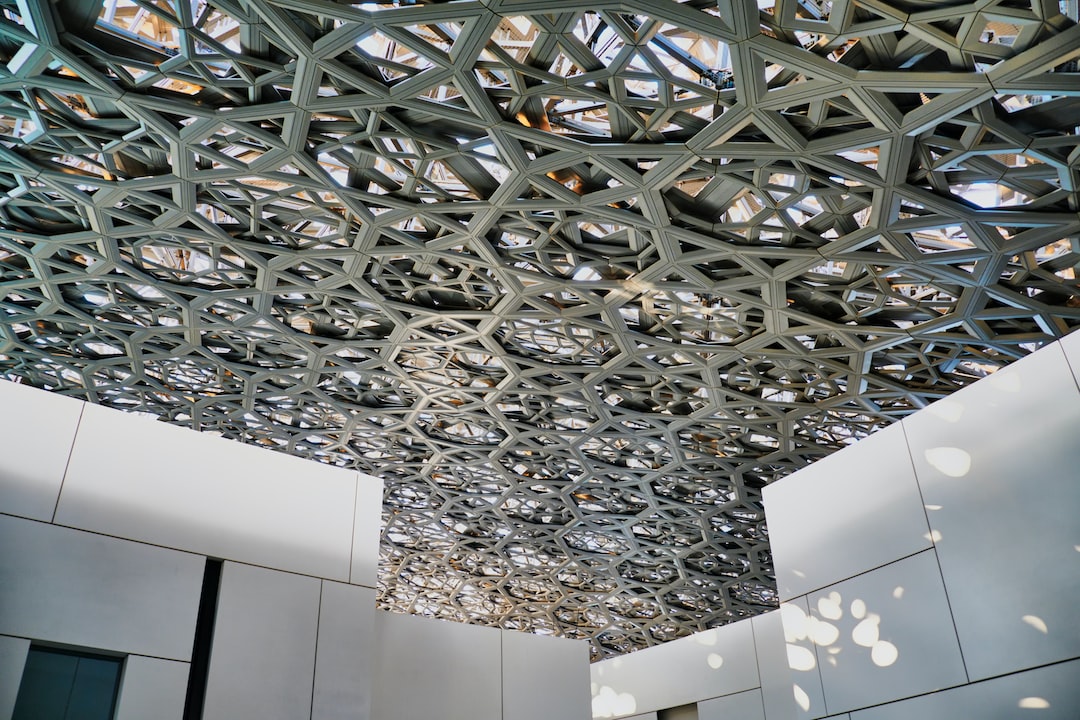The ever-evolving world of technology continues to push boundaries, and the advent of 5G technology is set to revolutionize communication and connectivity as we know it. This fifth generation of wireless technology promises lightning-fast speeds, ultra-low latency, enhanced reliability, and the ability to connect countless devices simultaneously. From transforming industries to powering smart cities, the impact of 5G technology on communication and connectivity can hardly be overstated.
One of the most significant benefits of 5G technology is its unmatched speed. With speeds up to 100 times faster than its predecessor, 4G LTE, downloading and uploading large files, streaming high-definition videos, and using bandwidth-intensive applications will be seamless and instantaneous. This speed will especially enhance communication and collaboration in industries that heavily rely on data transfer, such as healthcare, finance, and manufacturing. Imagine doctors performing remote surgeries with real-time feedback, financial transactions happening in the blink of an eye, and factories operating with unparalleled efficiency – all made possible through 5G.
Latency, or the delay in data transmission, will be drastically reduced with 5G technology. While 4G provided latency of around 50 milliseconds, 5G aims to reduce it to just a few milliseconds. This almost instantaneous response time is crucial for applications that require immediate interaction, such as autonomous vehicles and virtual reality gaming. Through 5G, vehicles will communicate seamlessly with one another, enabling safer and more efficient transportation systems. Meanwhile, virtual reality gaming will reach new heights as 5G minimizes the lag between user actions and system responses, providing a truly immersive and latency-free experience.
The improved reliability of 5G technology is another crucial factor that will impact communication and connectivity. As compared to 4G, 5G will significantly reduce dropped calls, network congestion, and signal interference. This improvement will benefit not only individuals, but also IoT (Internet of Things) devices that depend on a reliable network connection to function effectively. Smart homes, for instance, will experience enhanced connectivity between devices such as smart appliances, security systems, and energy management solutions – transforming the way we interact with our homes and saving us time and energy.
Perhaps one of the most exciting aspects of 5G technology is its ability to connect numerous devices simultaneously. 4G had limitations in terms of the number of devices it could handle, often causing network congestion in crowded areas or during peak usage times. 5G is designed to connect up to a million devices per square kilometer. This capability will open up new possibilities for the IoT, as countless devices – from smart cars to wearable devices – can communicate seamlessly with one another on the same network. The result will be a highly interconnected world, optimizing our daily lives with improved automation, efficiency, and convenience.
Furthermore, the impact of 5G technology will extend beyond individuals and businesses. It has the potential to transform cities into smart cities. With sensors and devices powered by 5G connectivity, cities can monitor and manage traffic flow, reduce energy consumption, and enhance public safety. Smart streetlights will adjust their brightness based on real-time data, reducing energy waste. Connected sensors will alert authorities to potential hazards or accidents, improving emergency response times. In essence, 5G technology will enable cities to become more sustainable, efficient, and livable.
Despite its potential, the rollout of 5G technology does come with challenges. One major aspect is the required infrastructure upgrades. 5G networks rely on a denser network of small cells as compared to 4G networks. These small cells require a significant infrastructure overhaul, including the installation of new antennas and fiber optic cables. Governments and telecom companies worldwide are investing heavily in building this infrastructure to support 5G technology, but it will take time and resources to fully implement.
Additionally, concerns have been raised regarding the security and privacy implications of 5G technology. The increased connectivity and interconnectivity provided by 5G networks can potentially create more entry points for unauthorized access and cyberattacks. Safeguards, regulations, and proper security protocols must be put in place to address these concerns and protect individuals, businesses, and the overall infrastructure.
In conclusion, the arrival of 5G technology is poised to have a profound impact on communication and connectivity. Its lightning-fast speeds, ultra-low latency, enhanced reliability, and ability to connect countless devices simultaneously will transform industries, revolutionize smart cities, and improve our daily lives. While challenges remain, the promise of 5G technology cannot be ignored, and its potential will undoubtedly shape the future of communication and connectivity.









